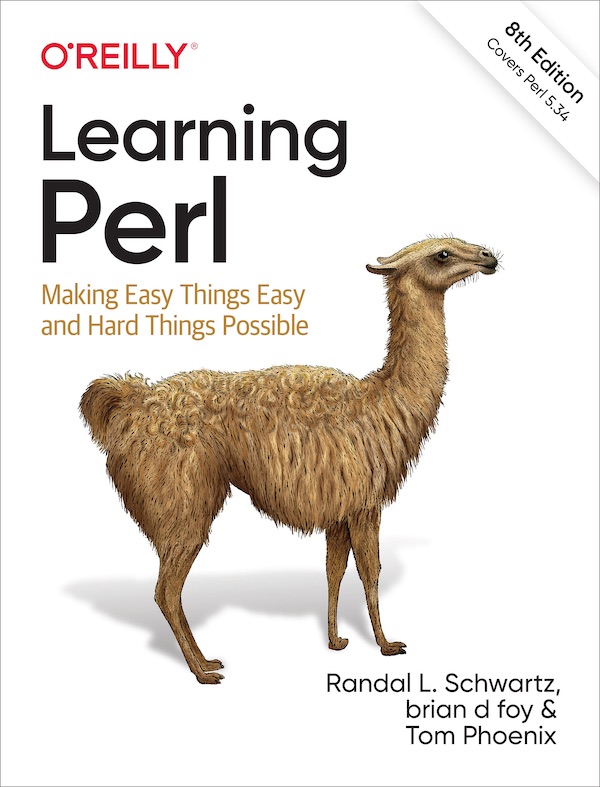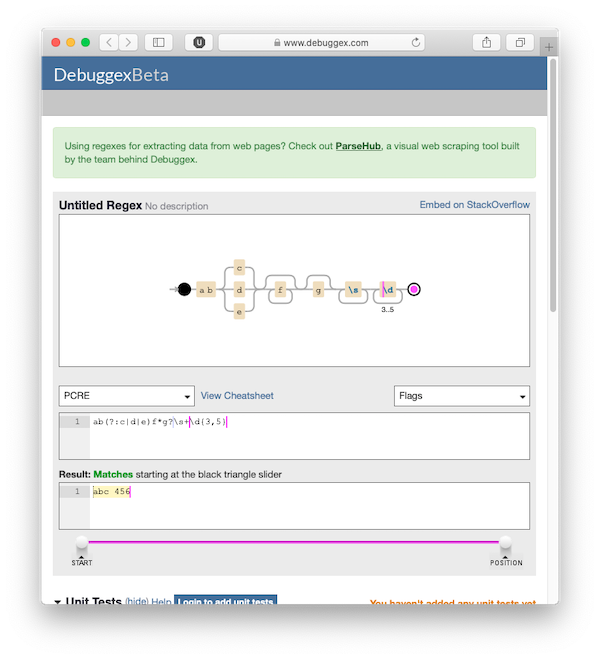Learning Perl, 8th Edition, covering up to Perl v5.34, should be available in August. In the previous post I outlined some of the updates, although back then we though v5.32 would be the last version in the Perl 5 range.
It’s now available for pre-order on Amazon. Amazon has an initial price that’s a bit high, but I expect that to come down (the same thing happened for my last book). You will also be able to read it through Safari Online.
I expect to add a few additional exercises to Learning Perl Exercises some of the new material, but that book is still good for this edition. The chapter order has not changed so everything still lines up.

